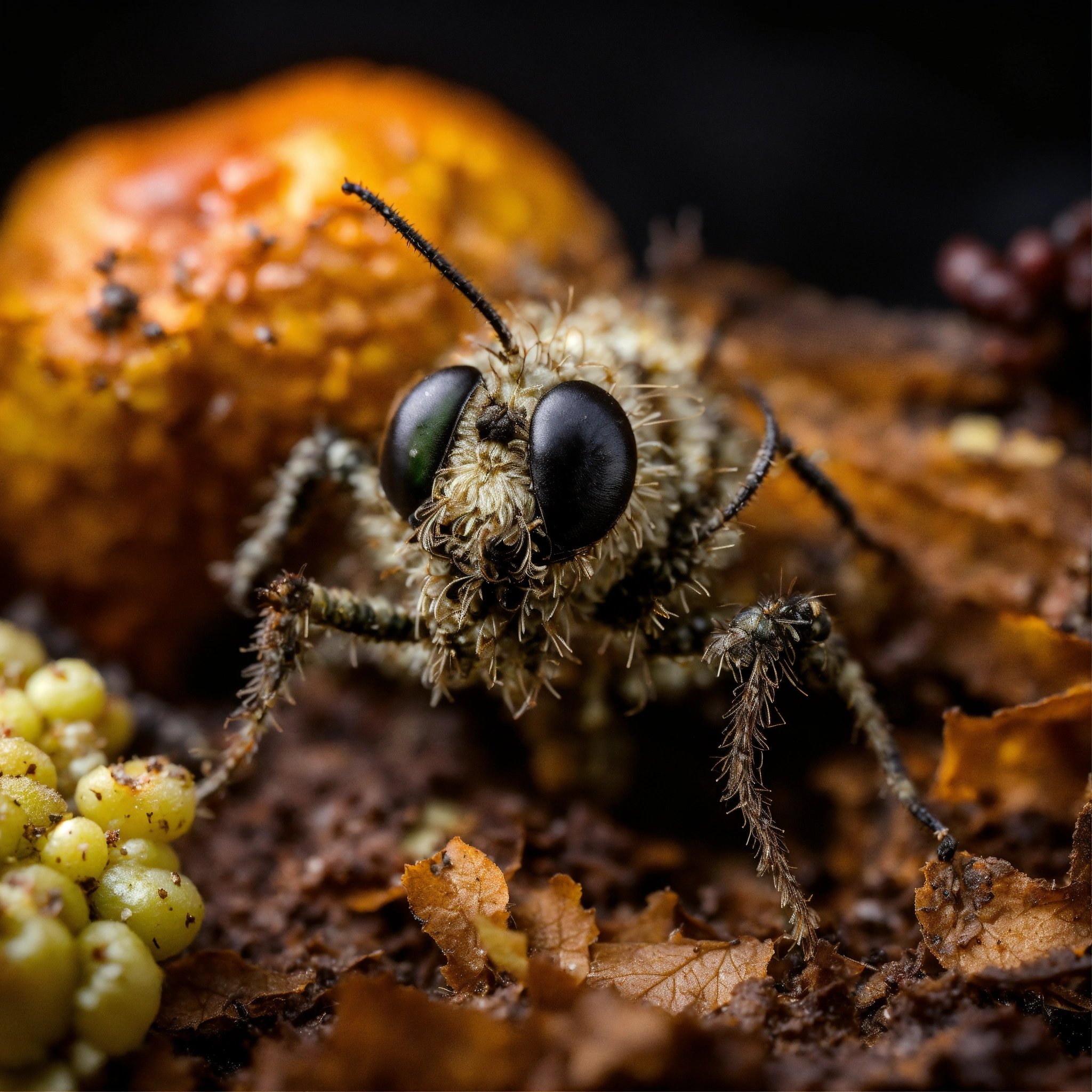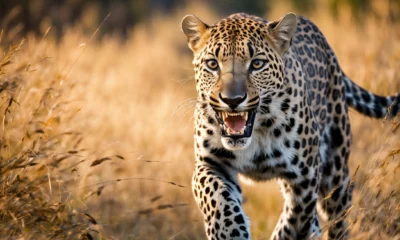Camouflage
The Science of Camouflage: How Coloration and Pattern Help Organisms Blend In

Camouflage is a fascinating natural phenomenon that allows organisms to blend seamlessly into their surroundings, making it harder for predators to spot them. This evolutionary adaptation is crucial for survival in the wild, as it helps prey animals avoid being detected and allows predators to remain unseen as they stalk their prey.
The science of camouflage involves both coloration and pattern. By using a combination of these two elements, animals are able to deceive the eyes of their predators or prey, making themselves virtually invisible in their environment. Coloration refers to the specific colors that animals possess, which can help them blend into their surroundings. For example, a green lizard may be nearly invisible on a leafy branch, while a white arctic hare can easily disappear against the snowy landscape.
In addition to coloration, patterns also play a significant role in camouflage. Animals may have stripes, spots, or mottled patterns that break up their outline and help them blend in with their surroundings. For example, a zebra’s black and white stripes can create an optical illusion that makes it harder for predators to track them as they move through tall grass.
Many animals have evolved specialized camouflage techniques to help them survive in their particular habitats. For example, the walking stick insect resembles a twig, allowing it to hide in plain sight among the branches of trees. The Arctic fox, on the other hand, changes its fur color from white in the winter to brown in the summer, matching the color of the landscape at different times of the year.
Camouflage is not just limited to animals; plants also utilize this adaptive strategy to avoid detection by herbivores. Some plants, like the deadnettle, have evolved leaf patterns that mimic the damaged appearance of leaves that have already been eaten by insects. This deters herbivores from feeding on them, giving the plant a better chance of survival.
In conclusion, the science of camouflage is a complex and fascinating field that highlights the incredible adaptability of organisms in nature. By using a combination of coloration and pattern, animals and plants are able to blend seamlessly into their environment, increasing their chances of survival. Studying camouflage can help us better understand the intricate ways in which organisms have evolved to thrive in their habitats, and may even inspire new technologies for human use in the future.








